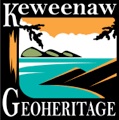The scale of lava flows may be measured by distance travelled from the vent, or by area, volume or thickness. The Keweenaw has flows that are large, based on volume and thickness, but not on distance travelled. This is because the lavas accumulated within the rift zone, in the case of the Greenstone Flow, ponding to as much as 500 m. The Greenstone flow is one of the Earth's largest lava flows; according to Longo (1984), it has an aggregate volume of 1650 km3 (396 mi3), comparable to the Roza flow of the Columbia River Flood basalts, which is estimated to be 1500 km3 (360 mi3) by Swanson et aI. (1975). The areal extent of the Roza, 40,000 km2 (15,450 mi2), is much larger than the Greenstone flow, 5000 km2 (1930 mi2), a comparison which results from the ponding of the Greenstone within the rift basin. Thus, the solidification of the Greenstone flow is a kind of magma ocean experiment, the likes of which is rare on this planet. Thickness of the flow controls the rate that the flow loses heat: Thick flows take much longer to solidify. In the case of the large Keweenawan flows, they could have lasted centuries to millennia as magma oceans. The longer times for solidification lead to unique features, including pegmatites, ophitic texture and granophyres.
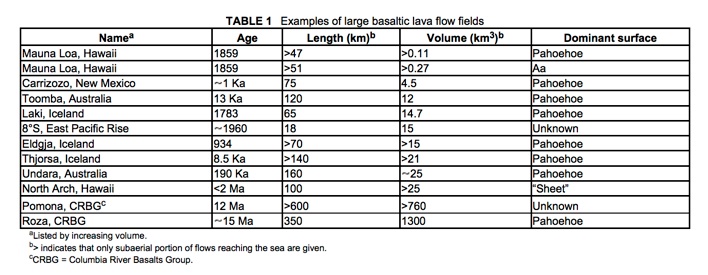
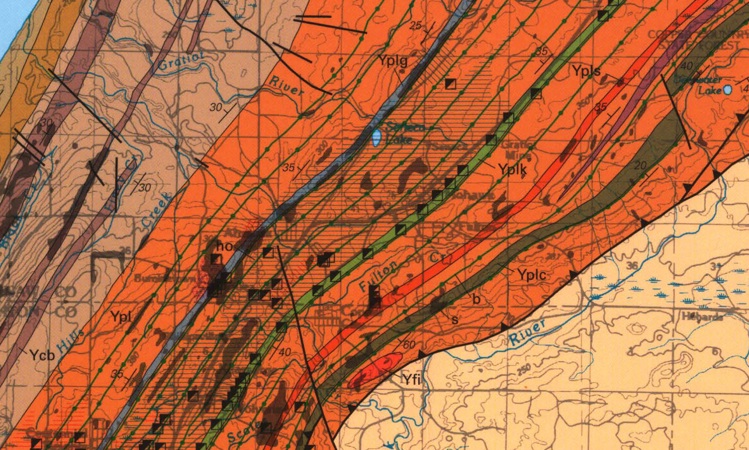
Greenstone Flow
Kearsarge Flow
Scales Cr Flow
Copper City Flow


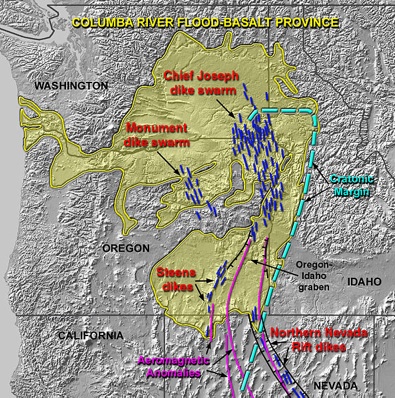
Bend, OR
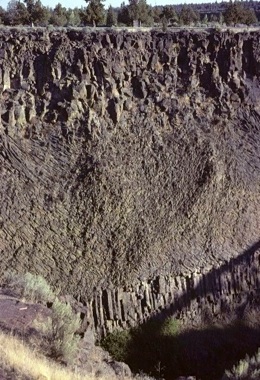
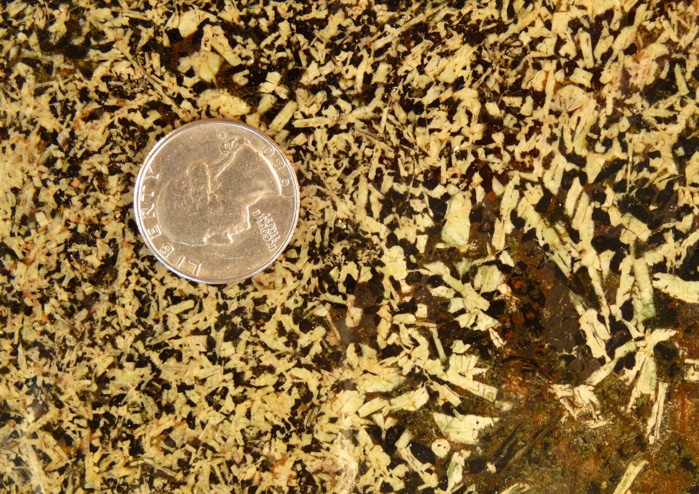
Polished surface of Keweenawan pegmatite from the Greenstone flow interior, Passage Island
Thordarson & Self, 1998


